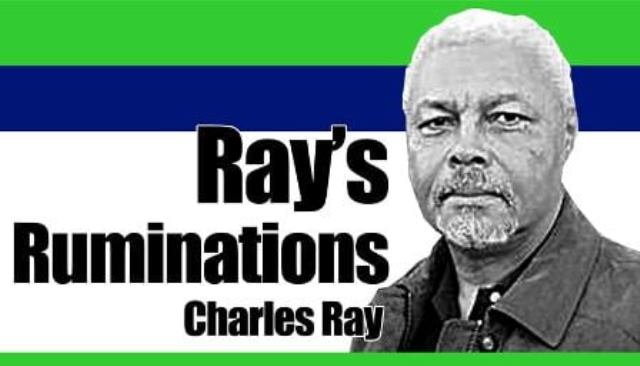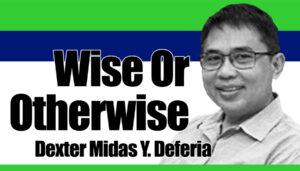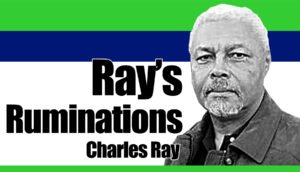
When I became an American diplomat in 1982, one of the things that occupied a lot of my time, besides making the transition from soldier to diplomat, was pushing for more diversity in our ranks. The diversity I sought was not what most people think of when they hear the word—fairness and inclusion of ethnic minorities—although, that too was part of it.
I looked at diversity in a broad context, to include gender, religion, socio-economic background, etc., because, despite the language of the U.S. Foreign Service Act of 1980, that called for establishment of an American diplomatic service that ‘looked like’ America, the service I joined still seemed to be dominated by white males with an upper class (economic and social) background that centered on the prestigious schools of the two coasts, primarily though, the Ivy League schools of the east coast, which is what gave rise to the saying that the American diplomatic service was predominantly ‘pale, male, and Yale.’ That wasn’t completely true, but if you entered some State Department offices or some of our embassies and consulates abroad, you would certainly come away with that impression.
Women, minorities, and people from the Rust Belt, the Bible Belt, and other non-coastal areas were in a minority. When I served in China, for example, I was one of four African American officers in our four posts (the embassy and three consulates), and most of the section chiefs (with the exception of the consular sections) were white males.
As I rose through the ranks and then entered retirement, I was able to input my thoughts in a number of places and was happy to see that by the time I retired in 2012, while the situation was still lousy, it was at least recognized and some actions—though weak and sometimes only half-hearted—were being taken to address and redress the issue. Diversity and inclusion were no longer discussions to be avoided.
In the last six years or so, though, as far as many American politicians of a certain stripe are concerned, diversity has become a dirty word, one ‘not to be uttered.’ Some of them are even pushing legislation to prohibit training on or actions toward achieving diversity in government organizations.
This antipathy toward diversity isn’t actually new. It probably goes all the way back to the time of Columbus when the leaders—political and religious—of the European world approved the subjugation of non-European populations. As the demographics of the world changes, descendants of these people find themselves being reduced to minority status outside Europe and it frightens them. When people are frightened, they lash out. Thus, in the United States, where the former majority demographic is not a minority by a few percentage points, some, in fear, are trying to turn the clock back.
Any rational person knows that this can’t really be done. But fear is an irrational emotion, so they will try. That they will try to ‘undiversify’ our diplomatic service is particularly troubling. As a country made up of people from all races, religions, and cultures of the world, if our diplomatic representatives don’t reflect that, it undermines our credibility in global fora. Furthermore, if we go too far in reversing the gains of diversity and inclusion we threaten the viability of the institution in an increasingly complex world that requires clear, creative thinking not the group think that happens when everyone in an organization is stamped from the same mold.
The coming few years will be tumultuous, with a step forward and sometimes two step backwards. Those of us who have been on the front lines of the ongoing fight for a more inclusive world will continue to fight.
I only hope that we will eventually win. | NWI




